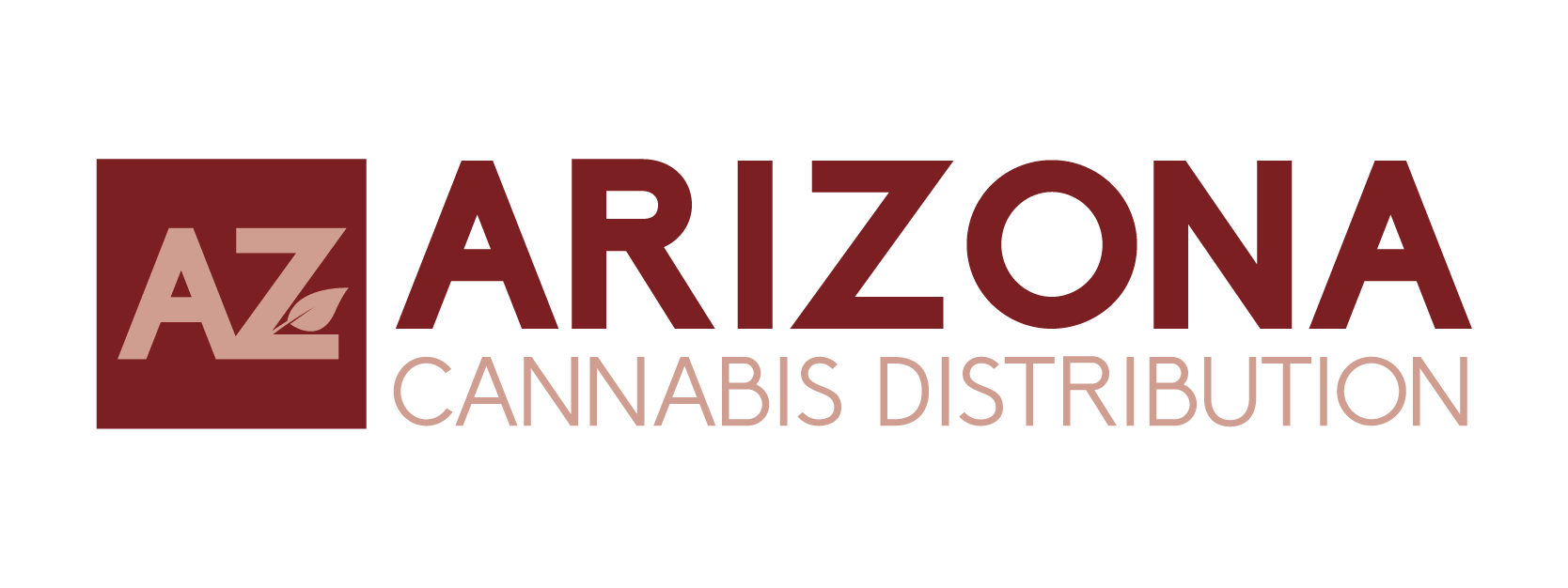For those in the cannabis industry, it’s important to understand and distinguish between two commonly misunderstood terms: cannabis distribution and cannabis delivery. While both involve the movement of cannabis products, they serve different purposes, operate under distinct regulatory frameworks, and cater to separate markets.
Cannabis distribution refers to the business-to-business (B2B) transportation and logistics of cannabis products between licensed operators, such as cultivators, manufacturers, and dispensaries. In contrast, cannabis delivery refers to the business-to-consumer (B2C) service of transporting cannabis products directly from licensed dispensaries to individual consumers or patients.
Cannabis Distribution: The B2B Backbone
In Arizona, cannabis distribution plays a critical role in the supply chain. Licensed marijuana establishments, including cultivation and manufacturing sites, depend on reliable distribution networks to ensure timely and compliant transportation of cannabis products to retail dispensaries.
Unlike some states like California that issue distinct “distributor” licenses, Arizona does not have a standalone cannabis distribution license. Instead, licensed dispensaries or vertically integrated businesses must handle their own B2B transportation or contract with another licensed entity permitted to transport cannabis under Arizona law (Arizona Department of Health Services – ADHS).
This process involves strict adherence to Metrc tracking, secure vehicle protocols, and chain-of-custody documentation. Distributors must ensure that all transported products remain sealed, labeled, and traceable to prevent diversion or contamination.
Cannabis Delivery: Connecting Retail to the Consumer
Cannabis delivery, on the other hand, involves delivering products from dispensaries directly to medical marijuana patients or adult-use consumers. Arizona officially authorized recreational cannabis delivery in 2024, following updates to the Smart and Safe Arizona Act (Proposition 207), although only medical marijuana delivery had been permitted prior.
Delivery services must comply with ADHS rules, which include secure delivery vehicles, identity verification procedures, and adherence to daily sales limits. Only licensed dispensaries approved for delivery can offer this service, and all transactions must be logged in Metrc, Arizona’s seed-to-sale tracking system.
Unlike distribution, which is largely invisible to the public, delivery represents a front-facing service that involves customer service, real-time logistics, and e-commerce integration. Cannabis delivery operations typically utilize route optimization software, trained delivery drivers, and often third-party platforms to facilitate ordering and compliance.
Key Differences at a Glance
- Purpose: Distribution facilitates movement of cannabis between licensees (cultivators, manufacturers, dispensaries), while delivery brings products directly to consumers.
- License Type: Arizona does not offer a separate distribution license; only licensed businesses may handle transport. Delivery requires a dispensary with a delivery endorsement.
- Regulatory Oversight: Both distribution and delivery are regulated by the Arizona Department of Health Services (ADHS).
- End Recipient: Distribution serves other licensed cannabis businesses, whereas delivery serves patients and adult-use consumers.
- Technology Use: Distribution depends on inventory and transport tracking systems like Metrc; delivery also uses ID verification tools, e-commerce platforms, and route optimization software.
- Visibility: Distribution is behind-the-scenes, supporting retail operations, while delivery is consumer-facing and involves direct interactions with end users.
In Review
Understanding the distinction between cannabis distribution and cannabis delivery is essential for entrepreneurs, operators, and consumers navigating Arizona’s cannabis market. Distribution powers the backend of the industry, ensuring retail shelves are stocked, while delivery fulfills the last-mile promise, connecting legal cannabis products to end users safely and compliantly.
